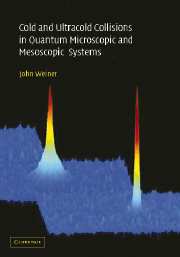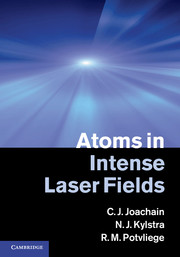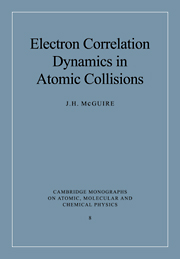Cold and Ultracold Collisions in Quantum Microscopic and Mesoscopic Systems
Cold and ultracold collisions occupy a strategic position at the intersection of several powerful themes of current research in chemical physics, in atomic, molecular and optical physics, and even in condensed matter. The nature of these collisions has important consequences for optical manipulation of inelastic and reactive processes, precision measurement of molecular and atomic properties, matter-wave coherences and quantum-statistical condensates of dilute, weakly interacting atoms. This crucial position explains the wide interest and explosive growth of the field since its inception in 1987. The author reviews elements of the quantum theory of scattering theory, collisions taking place in the presence of one or more light fields, and collisions in the dark, below the photon recoil limit imposed by the presence of any light field. Finally, it reviews the essential properties of these mesoscopic quantum systems and describes the key importance of the scattering length to condensate stability.
- Combines light-field experiments with those of collisions under conditions of evaporative cooling
- Discusses the importance of collisions for the realization of quantum computing.
- Includes extensive bibliography of cold and ultracold collisions theory and experiment
Reviews & endorsements
'… the strength of the book is in its references - over 450 of them, which admirable covers the field … the book provides a comprehensive overview and a source of original references for researchers in the field.' Contemporary Physics
Product details
December 2003Hardback
9780521781213
230 pages
256 × 180 × 21 mm
0.57kg
113 b/w illus. 4 tables
Available
Table of Contents
- Preface
- 1. General introduction
- 2. Introduction to cold collision theory
- 3. Experimental methods of cold collisions
- 4. Inelastic exoergic collisions in MOTS
- 5. Photoassociation spectroscopy
- 6. Optical shielding and suppression
- 7. Ground-state collisions
- References
- Index.




